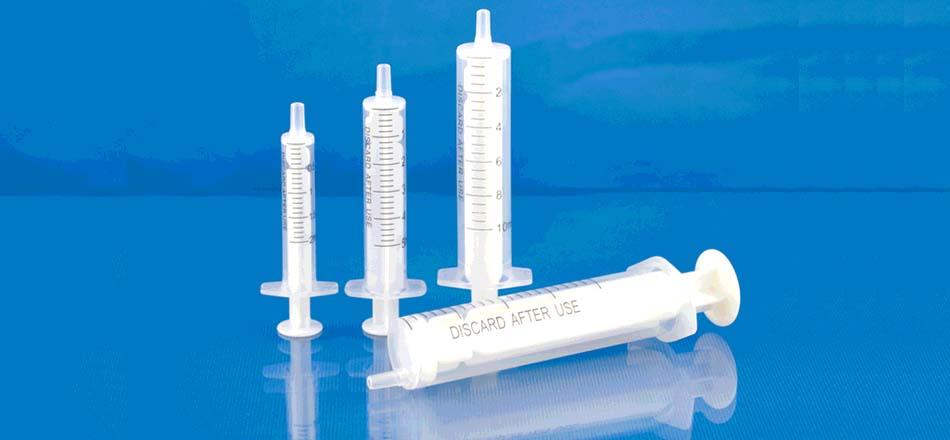Slip Tip Syringes

Syringes are needed for two purposes: (1) to measure the liquid used to make a mixture or dilution, and (2) to measure and remove cuts (reductions in dose). The sizes needed will depend on how much liquid one plans to use to make the liquid mixture/dilution and what size (in mL) cuts will be made. You’ll learn about how to make these decisions in Step 18, but since these amounts could change over time and syringes can wear out, it’s always good to have extras on hand, too. Here are the most important ones you may need:
- 1mL syringes allow for accurate cuts as small as 0.01mL. (1mL sample)
- 3mL syringes allow for accurate cuts as small as 0.1mL and are the only size (other than 1mL) that also have accurate markings for 0.5mL amounts. (3mL sample)
- 5mL and 6mL syringes typically allow for accurate cuts as small as 0.2mL. (5mL sample, 6mL sample)
- 10mL and 12mL syringes allow for accurate cuts as small as 0.2mL (10mL sample, 12mL sample)
- 20mL, 35mL and 60mL syringes, the larger sizes, are most often used to measure the liquid used for the main mixture or dilution. (20mL sample, 35mL sample, 60mL sample)
(The links above are not affiliate links; we're just sharing them here to help provide a sense of what these syringes look like. If any of these links are broken, please contact us to let us know.)
Laypeople in the withdrawal community commonly suggest these tips to one another for choosing syringes:
- Always obtain slip tip syringes (without a needle).
- Slip-tip oral syringes may be obtained through many local pharmacies and veterinarian offices, or ordered online. It’s a good idea to read reviews before buying.
- Look for readability. Sometimes the numbers or markings can be too small or faint to easily read.
- Some smaller syringes come with little caps to close the ends, which can be handy.
- Generally it’s considered best to avoid doing more than four “pulls” out of a liquid for any one measurement, so using a slightly larger-than-required syringe can ensure a more accurate measurement.
- Try to obtain all syringes from the same manufacturer. Different brands of syringes are sometimes marked differently, so consistency is likely to be helpful.
- Given possible additives in plastics, and the unknowns regarding how these ingredients and the plastic itself age and leach over time, it’s wise to consider replacing syringes frequently.
In this section
- Step 10- Get Informed About Your Psychiatric Drug
- Step 11- Ensuring that a Drug is Relatively ‘Taper-friendly’
- Step 12- Interactions, Reactions and Sensitivities
- Step 13- Taper Rates
- Step 14- Taper Schedules
- Step 15- Taper Methods
- Step 16- Preparatory Decisions
-
Step 17- Gather the Gear
- Adapter Caps
- Bead-counting Surface
- Counting Implement
- Digital Scale
- Empty Capsules
- Graduated Cylinders and Pipettes
- Jars
- Labels and Pen/marker
- Measuring Bowl or Tray
- Mortar and Pestle
- Pharmaceutical-grade Powder Filler
- Pill Bottles
- Pill Organizer
- Refrigerator and/or Cooler Bag
- Slip Tip Syringes
- Transferring Implements
- Step 18- Essential Skills
- Step 19- Setting Up a Taper Journal
- Step 20- Implementing a Taper
TWP’s Companion Guide to Psychiatric Drug Withdrawal Part 2: Taper